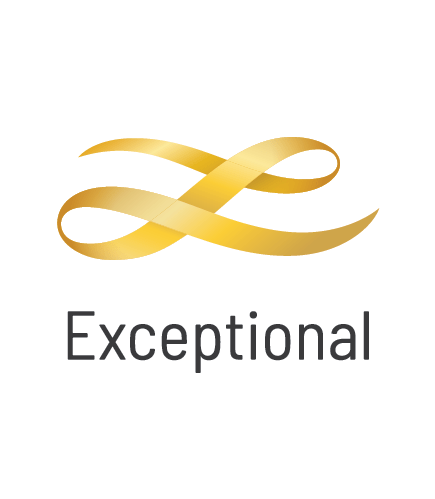Penfolds Bin 389 Cabernet Shiraz
Penfolds Bin 389 is the classic South Australian red! Often referred to as 'Baby Grange' or 'Poor Man's Grange', Bin 389 was the wine that helped to build Penfolds' solid reputation with wine drinkers around the world. A magnificent blend of Cabernet Sauvignon and Shiraz from the very best regions and vineyards available to Peter Gago and his team, the robust nature of the Cabernet grape give structure and body to the wine while the opulent Shiraz fruit provides suppleness and intensity. A true icon of Australian wine first created by the legend himself, Max Schubert, Peter Gago is quoted as saying 'Through thick and thin, across all vintages, Bin 389 always delivers - benefitting from over half a century of practice!
Château Cos d'Estournel
Cullen Diana Madeline
Vanya Cullen continues to amaze the world with her brilliantly flavoursome and elegant Cabernet named after Di Cullen, a true pioneer. Vanya is also pioneering in her own style with the introduction to 100% bio-dynamics and the results are to there to be seen by all. The highest possible Langon's Classification is bestowed upon this wine and with it's agability is one for the true wine lover and collector. [Biodynamic]
Wendouree Cabernet Malbec
Bright medium red with purple hue in colour; On the nose: pronounced Blackcurrant, crushed wet leaves and dark plums, bouquet of wild violet and a decent amount of almost wet tobacco oak. A full bodied wine that has great length on the palate with firm but refined tannins. Simply outstanding in its class.
Château Troplong-Mondot St-émilion
On the rise and rise, Chateau Troplong-Mondot is increasingly considered a peer amongst the 1er Grand Cru Classe producers and perseveres with its lavish, luscious, strking wine styles. The wine is produced by Christine Valette in collusion with famed winemaking consultant Michel Rolland, who has been working with the estate since the 1980s, explaining some of the density and power now found in the wine. This 2010 iteration is 90% Merlot and finishes with a balance of Cabernet Sauvignon and Cabernt Franc. Consider the wine full-flavoured, dense and rich, but with a grace that belies its 15% alcohol
Chateau Haut-Bailly
While the estate known as Chateau Haut-Bailly dates back to 1461, its wine production began in 1530, falling into the hands of the de Leuvarde and Le Bailly families in 1630. It was purchased in 1998 by Robert G Wilmers, a Harvard-educated banker, and his French wife Elisabeth and under their care, the estate has begun producing some of the best wines in its history. The cellars and production procedures were renovated and modernised and this year, the Chateau itself was awarded government recognition of its cultural and vinious heritage.
Château Grand-Puy-Lacoste Pauillac
Château Grand-Puy-Lacoste produce some of the best value wines in the Pauillac region, if not simply some of the best quality in general. Cabernet based reds are their staple and generally produce wines of a robust and masculine nature. In recent years the wines are close to rivalling the famed Pichons .
CHATEAU LYNCH-BAGES 5ME CRU CLASSE, PAUILLAC
"Lynch-Bages is an iconic fifth growth of Pauillac and has the distinction of having produced the only wine that has ever been sent into space. Established in the early 1700s, the wine was labelled Chateau Jurine Bages at the time of the 1855 classification, later renamed in recognition of earlier owners the Lynch family. Jean-Charles Cazes purchased the property in the 1930s, later passing the management of the estate to his grandson Jean-Michel Cazes who modernised the winery and was a prolific spruiker of not just his own wines, but those of all Bordeaux throughout the 70s and beyond. Now managed by the next generation, (another Jean-Charles) Lynch-Bages continues to produce Cabernet Sauvignon-led wines of great concentration, offering ripe cassis and enviable cellaring potential."
Ornellaia Bolgheri Superiore
Bolgheri Superiore is the Italian winery, Ornellaia's flagship wine which gives rich fruit on the nose and crispy oak. The palate is lively and powerful which full, concentrated fruit flavours and impressive silky, smooth tannins leading to an elegant yet spicy, long finish.









































